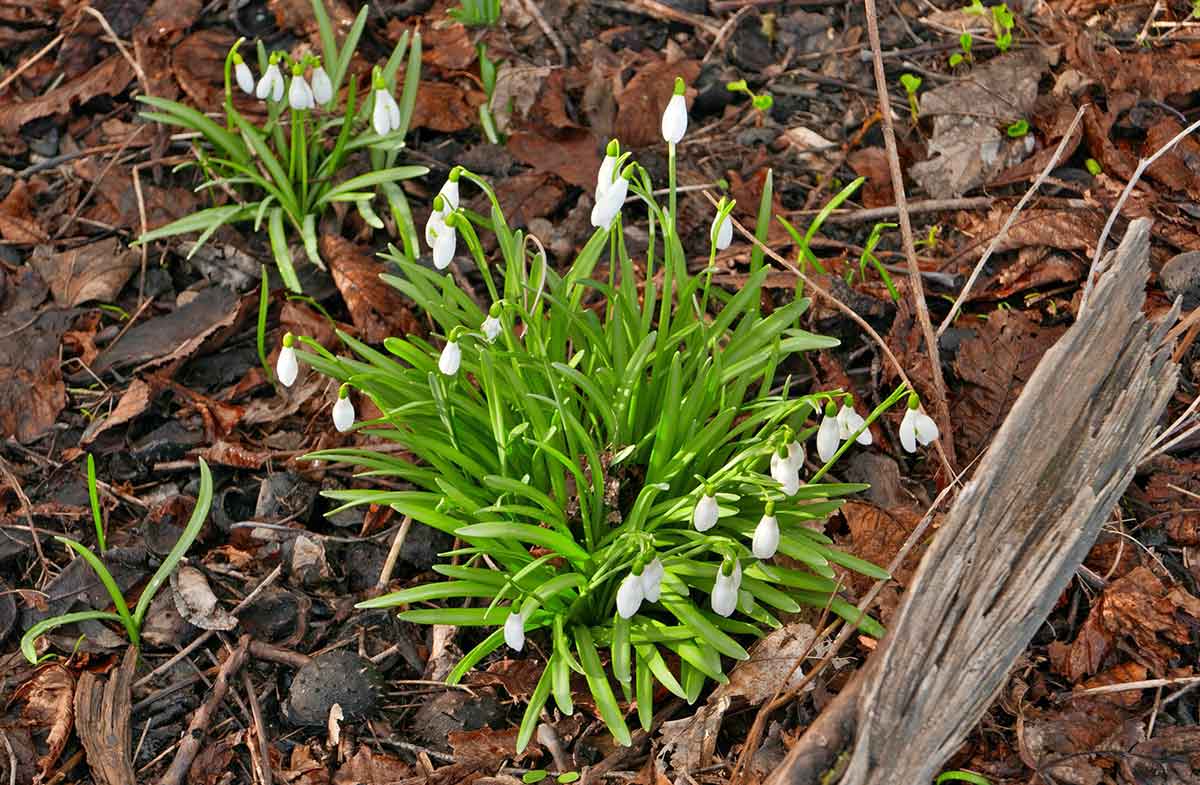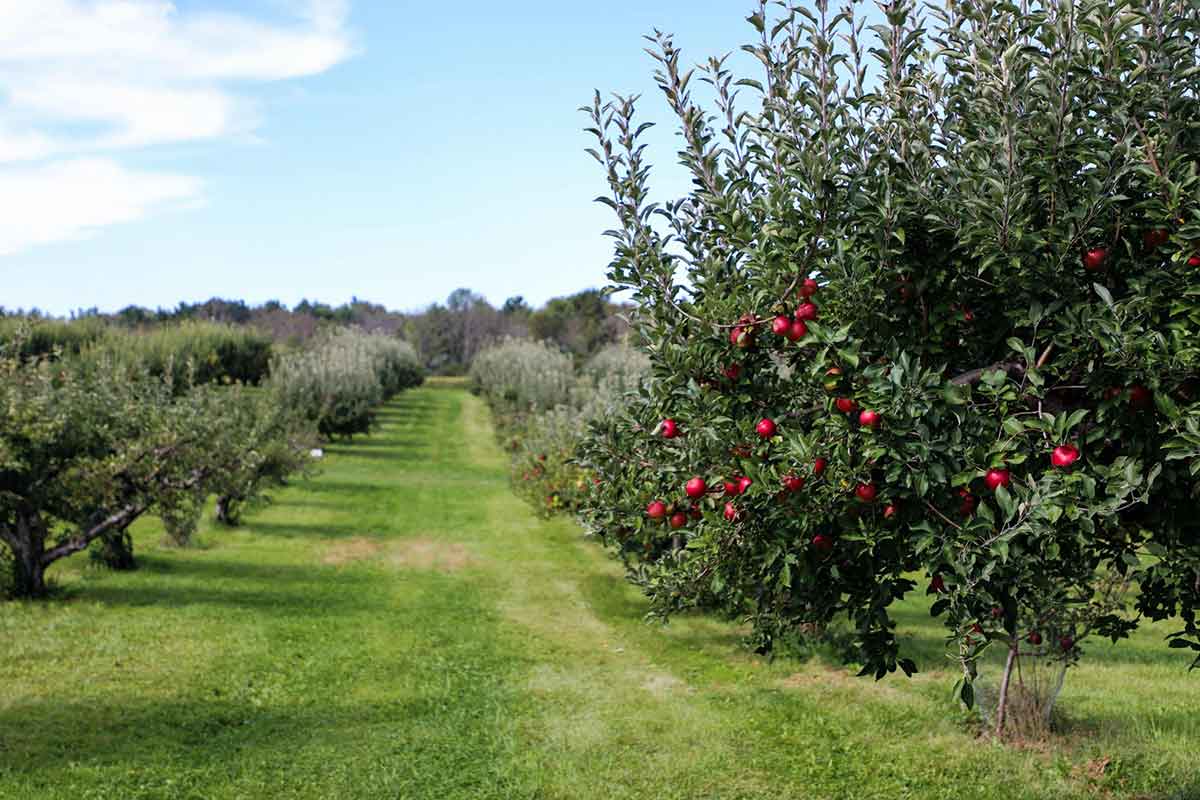With the approach of warmer weather, it’s time to dust off the tractor ready for a busy spring. With the start of the new season, we’ve been thinking of the main tasks many smallholders, farmers and estate managers will be tackling in March. Also, new to The FTS Almanac this month, we have added a list of wild plants and trees suitable for seasonal foraging, along with their traditional uses.
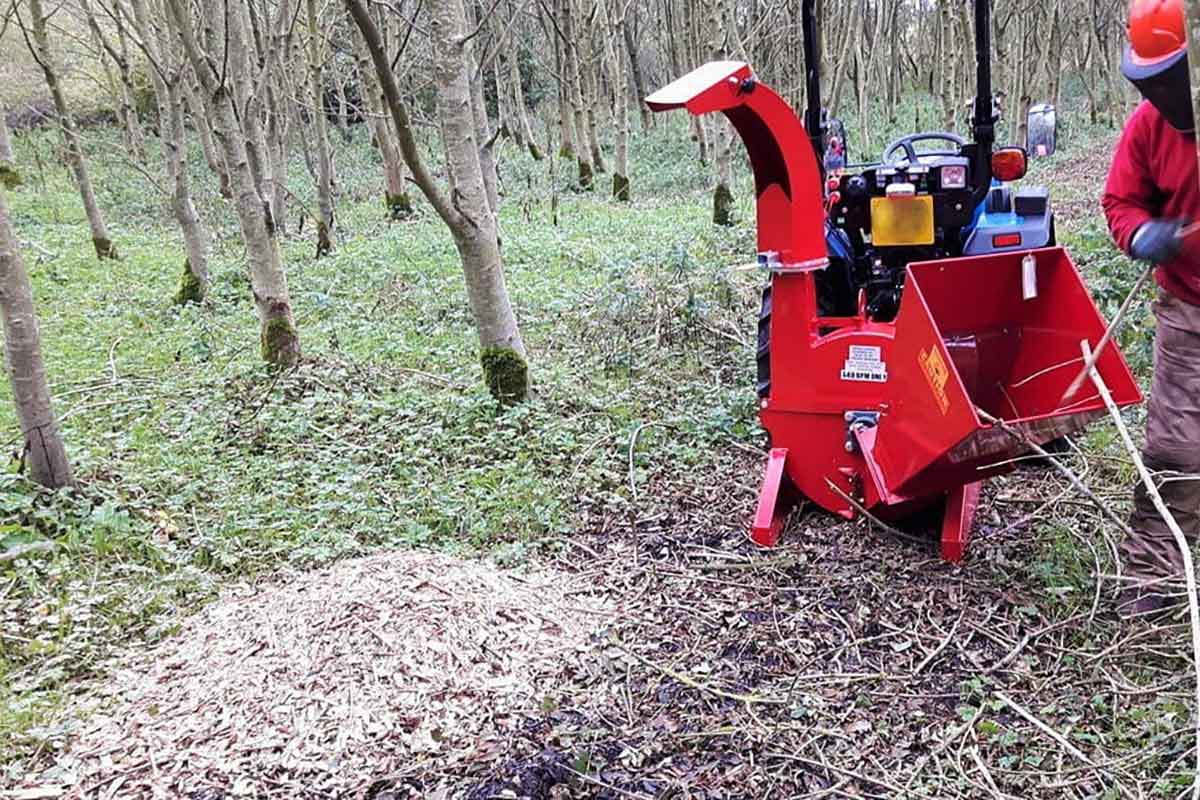
Plants
- Trees and Shrubs: lightly prune shrubs damaged by the cold, removing anything dead or damaged. Willows grown for their winter bark should be cut back hard.
- Roses: complete the routine pruning of established roses.
- Perennials: fertilise beds with a mulch, which you can make with a Winton Wood Chipper.
- Vegetables: sow seeds for Brussels sprouts, salad onions, radishes, late summer cabbages and summer spinach. Sow carrots under cloches. Plant asparagus and Jerusalem artichokes.
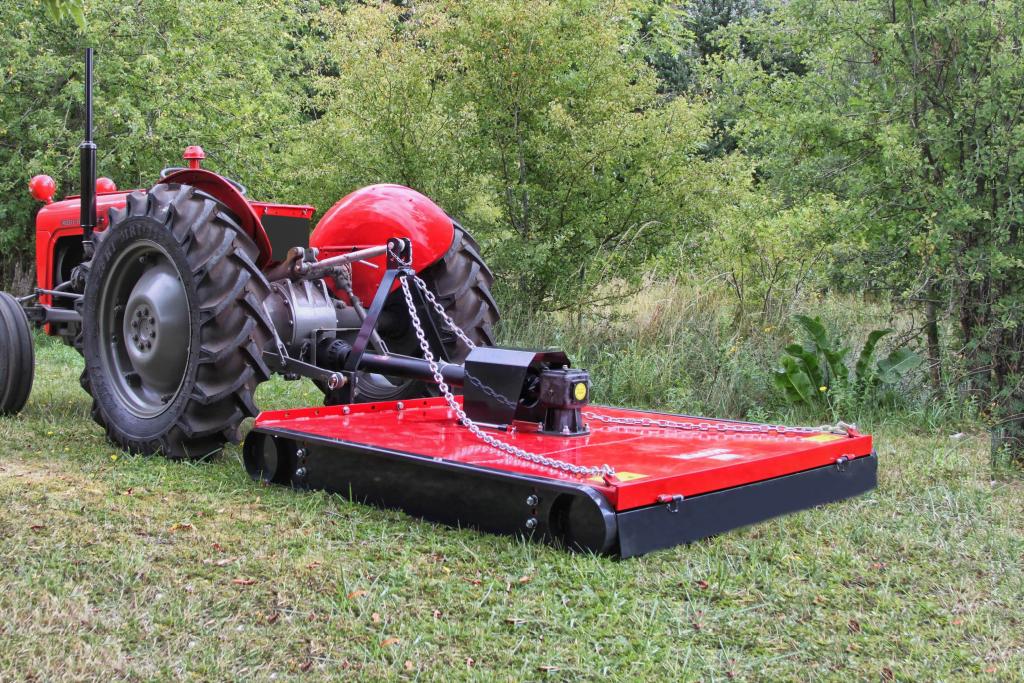
Lawn/Groundcare
- Paddocks:
- Remove thatch from fields with a 3 Way Chain Harrow on its most aggressive setting- both the William Hackett Drag Harrow and Framed Harrow will work a treat.
- Cut the grass and any overgrown areas with high blades using a Winton or Fleming Topper Mower, or an FTS or Winton Flail Mower for mulched cuttings.
- Aerate any boggy areas with the Fleming Aerator.
- Lawns:
- Rake vigorously.
- Mow with the blades set high, an ideal job for the Winton or Fleming Topper Mower.
- Aerate poorly drained lawns with a hollow tined fork.
- New beds: complete all digging.
- General: kill weeds and moss on paths and drives. Check plant ties.
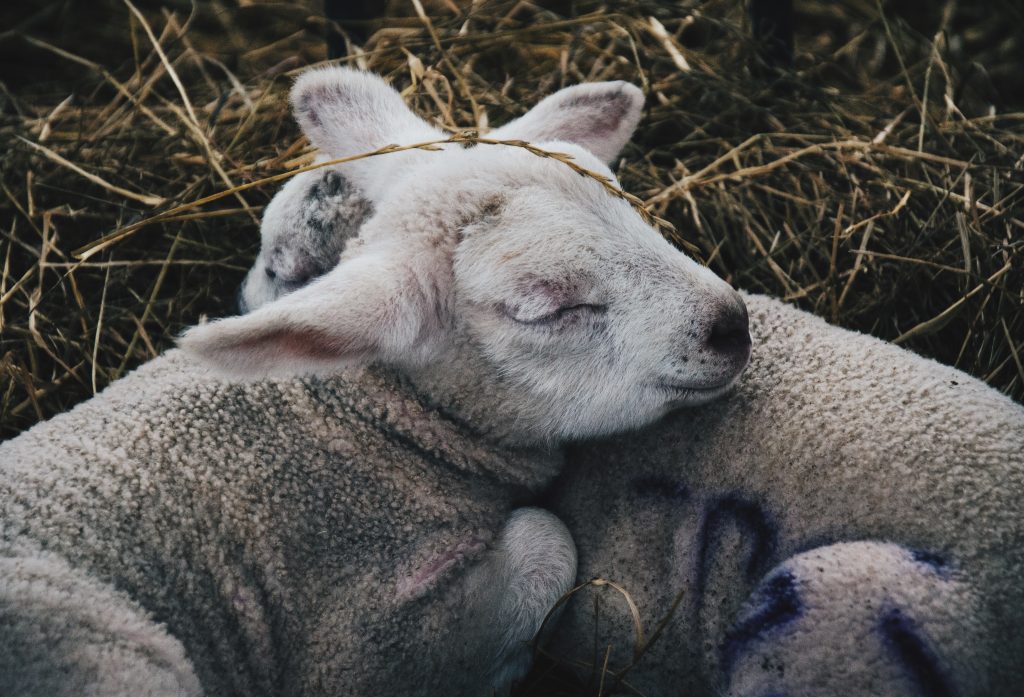
Farm Animal Care
- Poultry: egg-laying ramps up so more food is needed to keep up. Plan for hatching and check their fencing so predators cannot get in.
- Sheep: lambing season begins. Ewes have been sorted into lambing groups, depending on how many are expected. Vaccinations and foot-trimming to prevent foot-rot.
- Cows: calving season begins.
- General: spread slurry on fields which hay or silage will be taken from later in the year. Fertilising and crop-spraying are also important jobs this month.
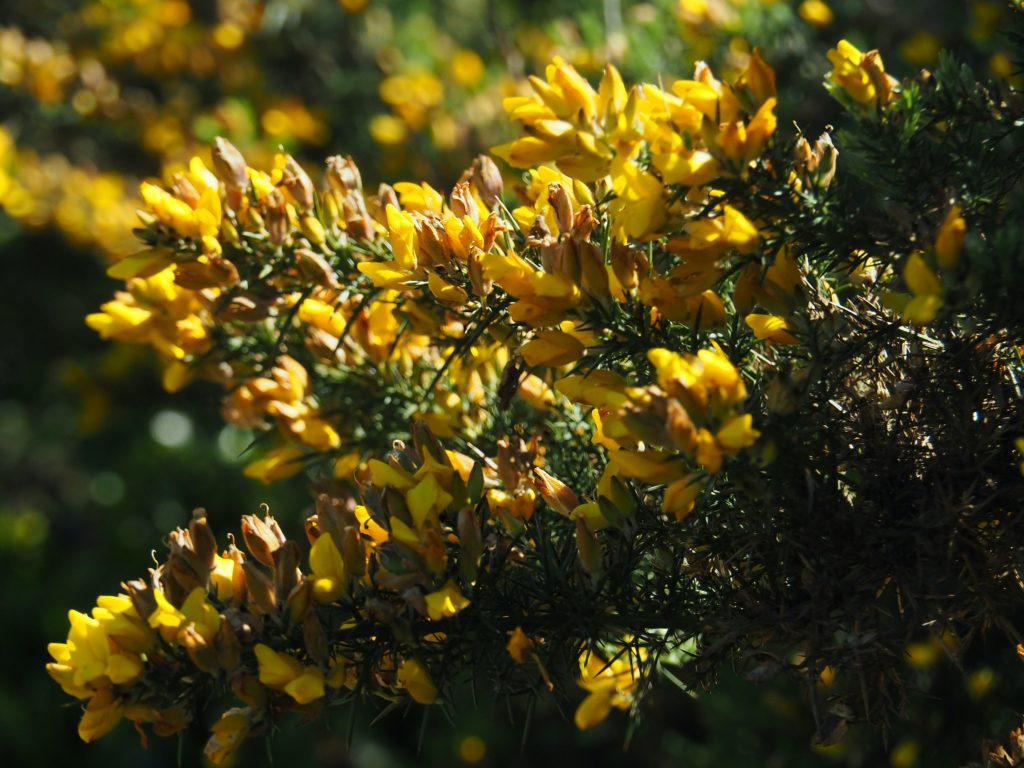
Foraging
- Plants:
- Goosegrass: the young shoots can be cooked like a green vegetable, while the seeds, when dried, can be ground for coffee.
- Gorse flowers: these hardy flowers are delicious raw, in tea, and fermented into a wine.
- Hawthorn: the buds and young leaves have a lovely nutty taste.
- Sorrel: its sharp lemony taste make it ideal for salads but also make a fabulous soup.
- Guelder rose bark: relieves cramps, tense muscles and spasms.

